HERMISTON, Ore. - The Umatilla Chemical Depot is helping the Tribal Native Plant Nursery near Pendleton preserve and restore plants native to the shrub-steppe areas in northeast Oregon, such as land on the depot scorched by a wildfire last summer.
Ruth Whittaker, manager of the nursery located on the Confederated Tribes of the Umatilla Indian Reservation (CTUIR), visited the depot recently with two nursery employees to "harvest" bitterbrush seeds that will be germinated at the nursery and then planted in areas earmarked for restoration. Fire that swept across hundreds of acres at the depot last summer burned so hot in some areas, thanks to the oils in the bitterbrush bushes, that it sterilized the ground, prohibiting re-growth, Whittaker explained. CTUIR wants to give nature a hand with the recovery process.
The nursery's web site - www.tribalnativeplants.com - prominently displays this credo: "We embrace the challenge of propagating native plants." That work supports the resurrection of healthy anadramous fish runs and clean wild waterways, the web site notes.
Bitterbrush, also known as Antelope Bitterbrush, is a yellow flowering many-branched shrub with a rounded crown, usually growing 2 to 6 feet tall. In many places it is browse for cattle and sheep, and it's popular with wildlife including deer and antelope.
The bitterbrush seed harvest entailed holding plastic sheets under and around bushes ready to lose their seeds, then gently shaking the limbs to encourage the collection. It didn't take long for the group, with the support of a couple depot employees, to collect in excess of 100,000 seeds, according to Whittaker's estimate.
The restoration effort on the depot is particularly important, because the 20,000 acres include some of the best shrub-steppe land in the northwest. When the Army completes its mission of destroying the chemical munitions stored there, probably sometime in 2012, the land will revert back to public use. The CTUIR is eager to see a healthy chunk of that shrub-steppe protected in the process.
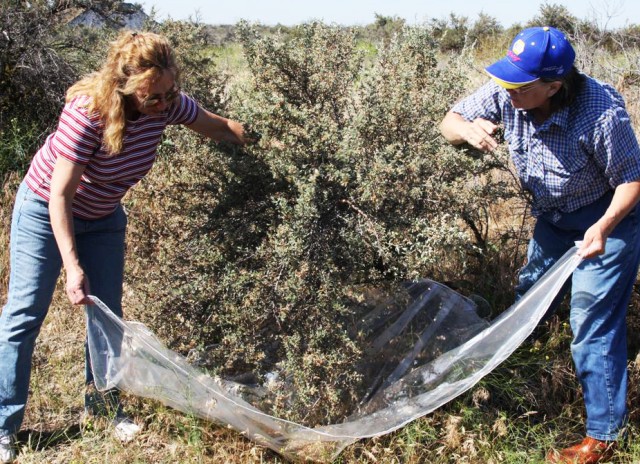

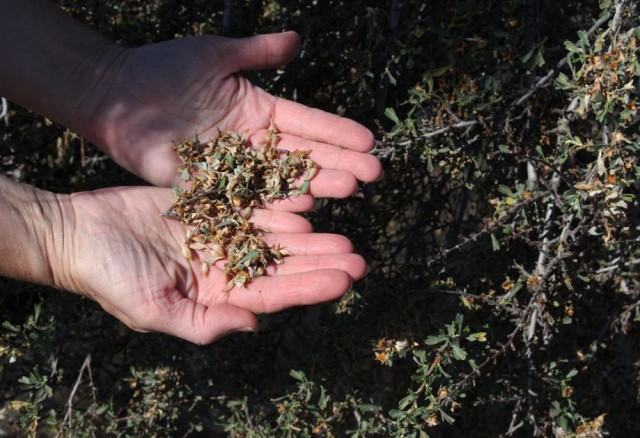

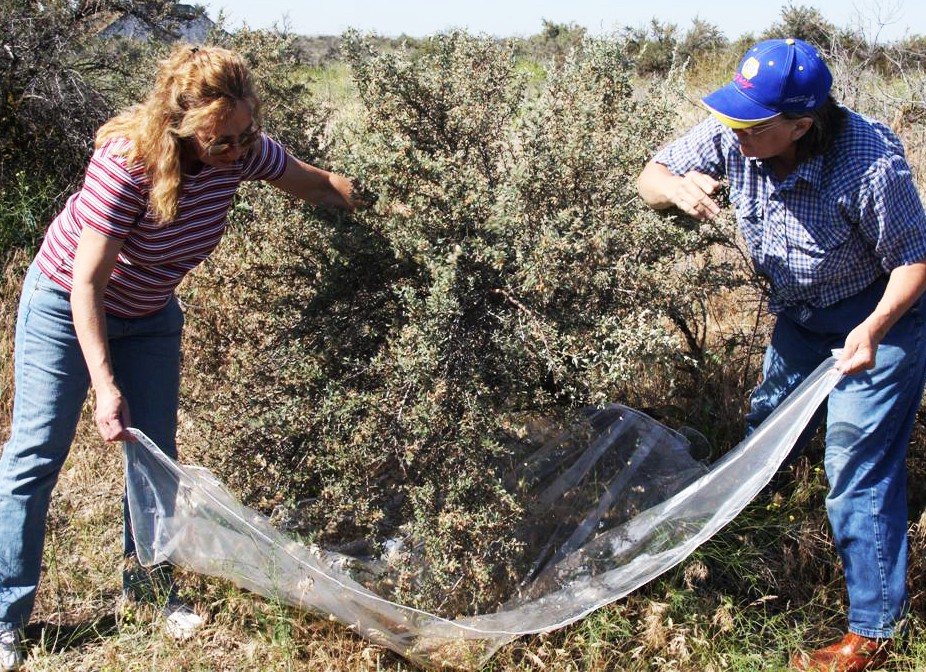
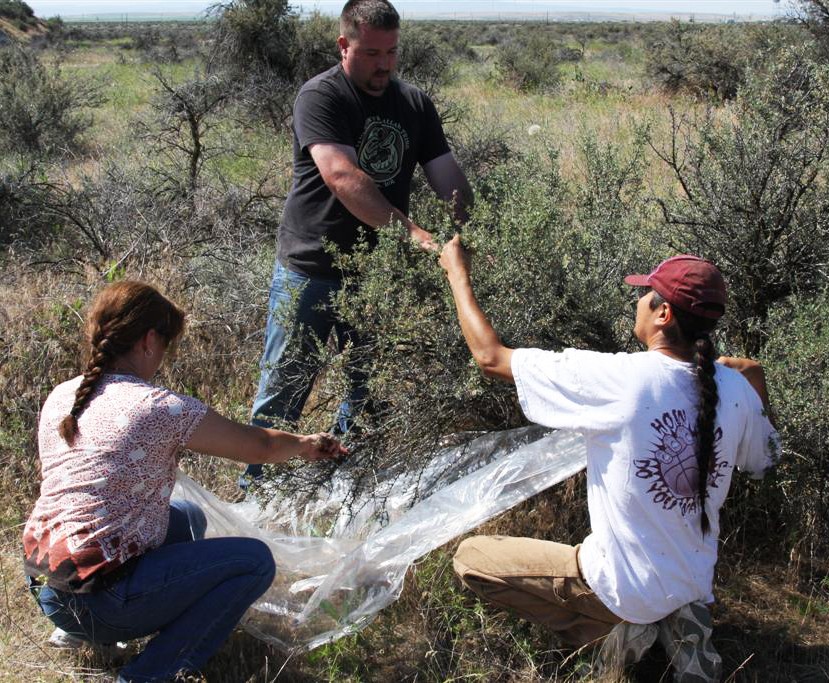
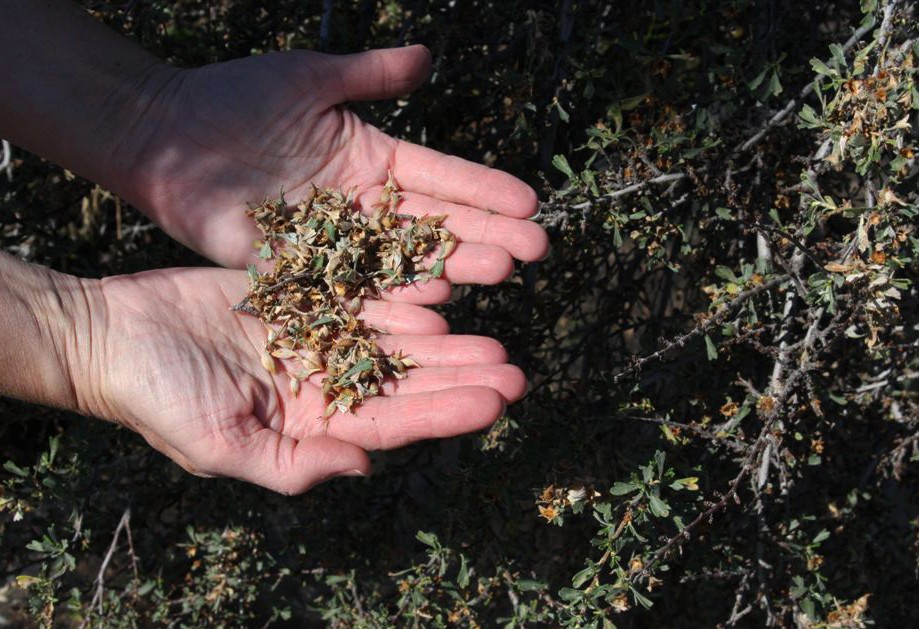

Social Sharing